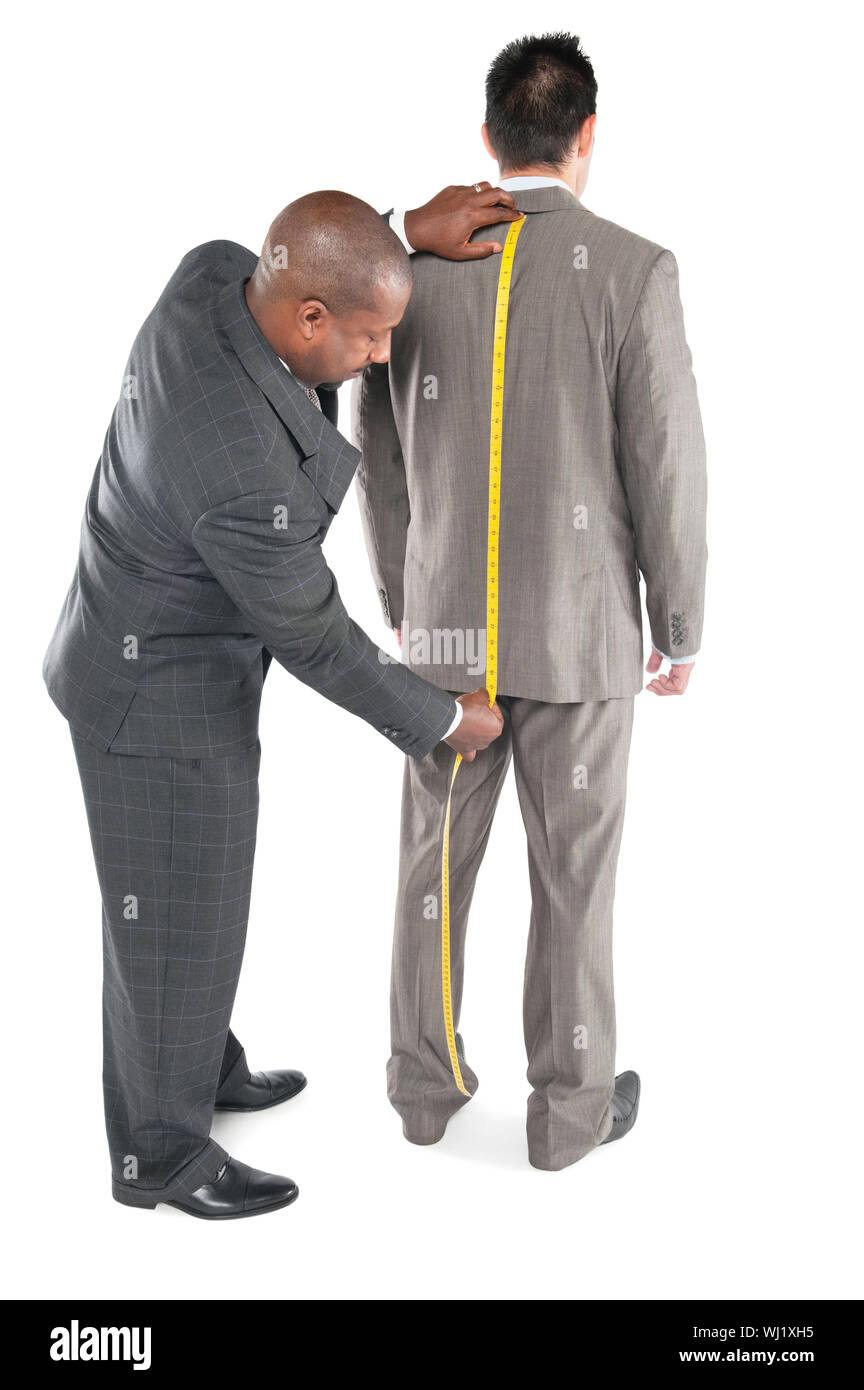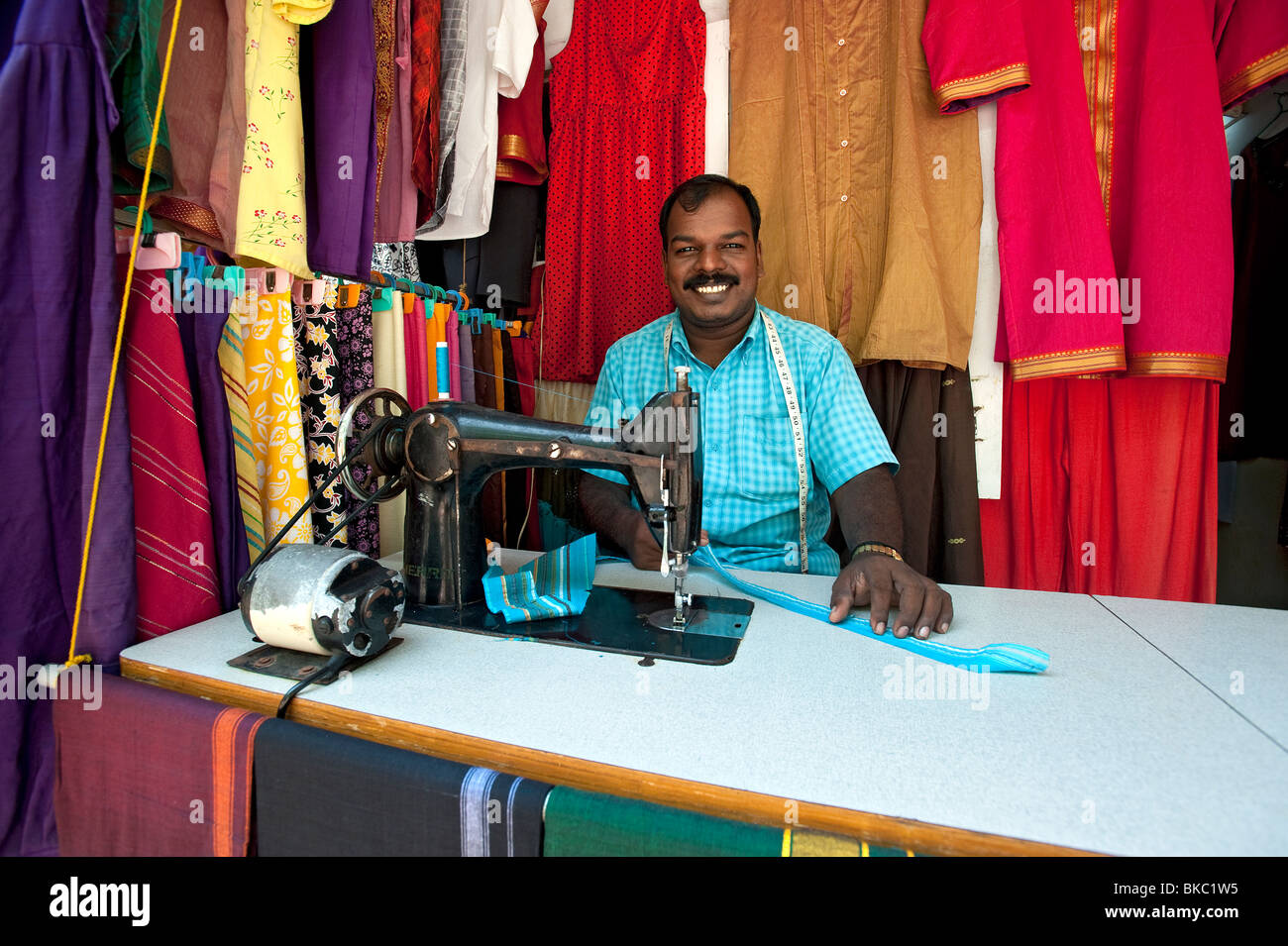Understanding the Tailoring Refine: From Fabric Selection to Last Suitable for the Suitable Wardrobe
The tailoring procedure is a complicated interplay of art and scientific research, beginning with the critical decision of textile choice and culminating in the exact adjustments of last fittings. Each material type brings special qualities that affect not only the visual charm however additionally the garment's durability and viability for different celebrations.
Value of Fabric Choice
Selecting the right fabric is vital in the tailoring process, as it straight affects the convenience, sturdiness, and total visual of the final garment (tailor perth). The selection of material establishes the structure for the garment's design, capability, and efficiency. Various textiles have unique buildings, such as stretch, weight, and breathability, which can dramatically influence just how the garment drapes and fits the body
In addition, textile selection influences the garment's durability and simplicity of treatment. Premium materials can stand up to deterioration, preserving their appearance and structure with time, while lower-quality products might result in pilling or fading. Additionally, the best fabric adds to the garment's capacity to change across celebrations and periods, consequently enhancing flexibility.
A tailored item made from a proper material not only showcases workmanship yet likewise elevates the user's self-confidence. Comprehending the nuances of fabric option is vital for any customizing venture. It ensures that the end product not just satisfies the aesthetic wishes of the client yet also straightens with practical requirements, consequently achieving an unified balance in between form and feature in the tailored closet.
Sorts Of Fabrics and Their Uses
Comprehending the various kinds of fabrics offered is vital for making notified choices during the customizing process. Each material has distinct features that dictate its viability for details garments and events.
Cotton, recognized for its breathability and softness, is excellent for sportswear and summertime apparel. Its flexibility permits it to be tailored into whatever from tee shirts to dresses. Wool, on the other hand, is preferred for its heat and structure, making it an outstanding selection for official suits and outerwear - tailor perth. Its natural elasticity assists garments keep form over time.
Silk exhibits high-end and is lightweight, making it best for eveningwear and fragile shirts; nonetheless, it calls for mindful handling due to its fragility. Linen, with its textured surface, is a popular option for cozy environments, giving a crisp and ventilated feeling, yet it wrinkles conveniently, which might influence the garment's look.
Artificial textiles, such as polyester and nylon, deal durability and resistance to wrinkles, making them suitable for day-to-day wear and energetic apparel. Recognizing these textile kinds and their homes permits much better decision-making, making sure that each tailored piece not only fits well yet additionally lines up with the designated purpose and occasion.
The Tailoring Strategies Clarified
The art of customizing counts on a variety of techniques that change material into well-fitted garments. Central to this procedure is straight from the source pattern composing, where a tailor creates templates based upon the client's measurements and wanted style. This initial action makes sure that the garment will fit the user appropriately before any kind of reducing occurs.
As soon as patterns are developed, cutting strategies come into play. Accuracy is vital as inaccuracies can bring about misfitting garments. Tailors usually use various reducing methods, such as single-layer reducing for intricate layouts and multiple-layer cutting for performance on conventional patterns.
Basting is another necessary technique, permitting tailors to momentarily stitch material items with each other for an initial fitting. This approach provides the possibility to evaluate the drape and total silhouette prior to final stitching.
Seaming strategies, including flat-felled seams and French joints, enhance the garment's toughness and aesthetic charm. Tailors additionally utilize strategies such as interfacing and padding to supply structure and shape to details areas, like collars and shoulders.
Last but not least, finishing methods, consisting of hemming and edge completing, make sure the garment's longevity while offering a refined appearance. With each other, these techniques create the backbone of efficient customizing, causing beautiful, custom-fit clothing.
Suitable Changes and Considerations

Secret considerations include the shoulder fit, which needs to neither droop nor restrict activity, and the sleeve size, which ought to permit comfy arm movement while maintaining a sleek appearance. Furthermore, adjustments at the midsection can fine-tune the silhouette, with alternatives to allow out or take in textile as needed.
The rise of pants is another critical variable; it must sit easily above the hips without creating discomfort, permitting convenience of motion. Hemming lengths for both pants and skirts should mirror the wearer's preferred design while appreciating proportions.

Preserving Your Tailored Attire
Constantly comply with the care label instructions, which might advise completely dry cleaning for delicate fabrics or machine cleaning for even more resilient materials. Avoid constant laundering, as this can put on down the material and alter the garment's form.
Storage space is similarly essential; use cushioned hangers for layers and jackets to maintain shoulder framework, and store trousers folded up neatly or hung to stop creasing. Shield garments from straight sunlight, which can discolor colors and damage fibers.
In addition, regular evaluations for small repairs can prevent bigger problems. Look for loosened buttons, tearing seams, or signs of moth damages, dealing with these problems immediately to preserve the garment's honesty.
Finally, consider seasonal turning. Wearing customized pieces in small amounts allows textiles to recover, expanding their lifespan. By applying these maintenance approaches, you can guarantee that your customized garments stay best site as pristine as the day you first wore them, enhancing your ideal wardrobe for several years to find.
Verdict
The tailoring process, encompassing material choice, proficient strategies, and specific suitable changes, plays a critical duty in creating garments that enhance both comfort and style. Understanding the importance of maintenance expands the life of customized garments, strengthening their value in a well-curated wardrobe.
Choosing the ideal textile is important in the tailoring process, as it directly influences the convenience, durability, and overall visual of the last garment. The choice of material sets the structure for the garment's capability, design, and performance. Various materials possess unique residential properties, such as stretch, breathability, and weight, which can considerably affect just how the garment drapes and fits the body.
The art of tailoring counts on a range of techniques that change material right into well-fitted garments.The tailoring procedure, including fabric choice, competent techniques, and exact fitting modifications, plays an essential duty in producing garments that boost both comfort and design.